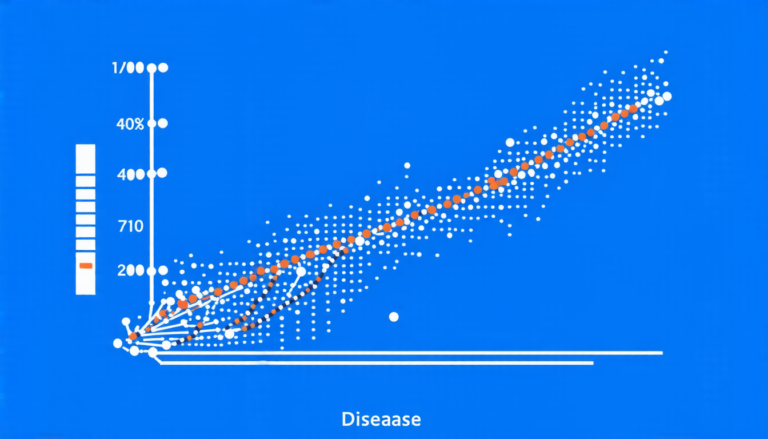Thursday 23 January 2025
Mathematicians have long been fascinated by the intricate patterns and structures that govern the world around us. From the geometry of crystals to the topology of networks, mathematicians have developed powerful tools to understand and describe these phenomena. Recently, a team of researchers has made a significant breakthrough in this area, discovering a new way to represent and analyze complex systems using the language of algebraic K-theory.
At its core, algebraic K-theory is a mathematical framework that studies the properties of groups, which are sets of elements with certain rules for combining them. In recent years, researchers have developed ways to use this framework to analyze complex systems, such as networks and manifolds, by representing them as groups and then studying their properties.
The latest breakthrough comes from a team of mathematicians who have found a way to represent the Tutte polynomial, a fundamental object in graph theory, using algebraic K-theory. The Tutte polynomial is a mathematical function that encodes information about a graph, such as its connectivity and symmetry. It has been used to study a wide range of problems in computer science, physics, and biology.
The researchers have shown that the Tutte polynomial can be represented as a cut-and-paste invariant, which is a mathematical object that captures the essential properties of a system by combining smaller pieces. This representation allows for new insights into the behavior of complex systems and opens up new avenues for research in areas such as network science and machine learning.
One of the key advantages of this approach is its ability to handle large and complex systems, which can be difficult or impossible to analyze using traditional methods. By representing these systems as groups and then studying their properties using algebraic K-theory, researchers can gain a deeper understanding of their behavior and make new predictions about how they will evolve over time.
The implications of this breakthrough are far-reaching and have the potential to impact a wide range of fields. For example, in computer science, it could be used to develop more efficient algorithms for analyzing complex networks. In physics, it could help researchers understand the behavior of complex systems, such as materials or biological systems. And in biology, it could provide new insights into the evolution and behavior of complex systems, such as ecosystems or social networks.
Overall, this breakthrough is an exciting development that has the potential to revolutionize our understanding of complex systems and open up new avenues for research in a wide range of fields.
Cite this article: “New Algebraic Framework Unveils Insights into Complex Systems”, The Science Archive, 2025.
Algebraic K-Theory, Graph Theory, Tutte Polynomial, Complex Systems, Network Science, Machine Learning, Group Theory, Mathematical Framework, Cut-And-Paste Invariant, Computational Complexity







